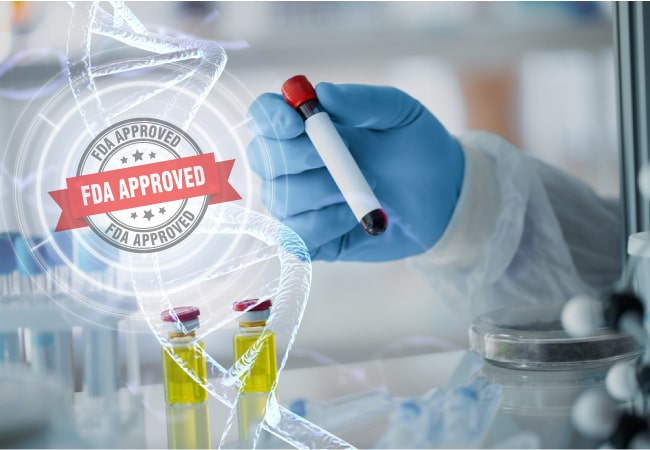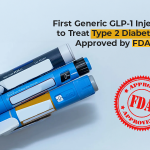In a historic move, the U.S. Food and Drug Administration (FDA) has approved the first-ever gene therapy named Lenmeldy (atidarsagene autotemcel) for children diagnosed with Metachromatic Leukodystrophy (MLD). This groundbreaking treatment offers hope to families affected by this rare and devastating genetic disorder.
Understanding Metachromatic Leukodystrophy (MLD):
Metachromatic Leukodystrophy (MLD) is a rare genetic condition or disorder that affects the nervous system. It is caused by the deficiency of an enzyme called arylsulfatase A (ARSA), which leads to the accumulation of harmful substances in the brain and other tissues. This accumulation causes progressive damage to the nervous system, leading to severe neurological symptoms and, ultimately, death.
Study Insights:
- The safety and effectiveness of Lenmeldy were evaluated in 37 children across two open-label clinical trials and an expanded access program.
- Children treated with Lenmeldy were compared to untreated children (natural history) to assess the effectiveness of the treatment.
- In children with MLD, Lenmeldy treatment significantly reduces the risk of severe motor impairment or death compared to untreated children.
- All pre-symptomatic late infantile MLD children treated with Lenmeldy survived to age 6, compared to only 58% in the untreated group.
- By age 5, 71% of treated children could walk independently.
- 85% of treated children showed normal language and performance IQ scores, a result not seen in untreated children.
- Children with pre-symptomatic and early symptomatic early juvenile MLD experienced improved motor, and cognitive functions with the gene therapy, suggesting disease progression was slowed.
Safety Profile:
The most commonly reported side effects of Lenmeldy are:
- low white blood cell count
- mouth sores
- respiratory infections
- rash
- medical line infections
- viral infections
- fever
- gastrointestinal infections
- enlarged liver
How Gene Therapy Works:
Lenmeldy (atidarsagene autotemcel), the newly approved gene therapy for MLD involves introducing a functional copy of the ARSA gene into the patient’s cells. This gene is delivered using a harmless virus as a vector. Once inside the cells, the gene instructs the cells to produce the missing enzyme, thereby correcting the underlying cause of MLD.
Benefits of Gene Therapy:
Gene therapy offers a potentially curative treatment for children with MLD. By restoring the missing enzyme, the therapy aims to halt or even reverse the progression of the disease, improving the quality of life for patients and their families. This treatment represents a significant milestone in the field of genetic medicine and offers hope to those affected by MLD.
Future Implications:
The approval of gene therapy for MLD opens up new possibilities for the treatment of other genetic disorders. Researchers are now exploring the potential of gene therapy for a wide range of genetic conditions, including other types of leukodystrophies, muscular dystrophies, and genetic disorders affecting the liver and eyes.
Conclusion:
The FDA’s approval of the first gene therapy for children with MLD is a significant milestone in the field of genetic medicine. This groundbreaking treatment offers hope to families affected by MLD and represents a major step forward in the development of gene therapies for genetic disorders. With further research and advancements, gene therapy has the potential to revolutionize the treatment of genetic diseases and improve the lives of patients around the world.
Reference:






